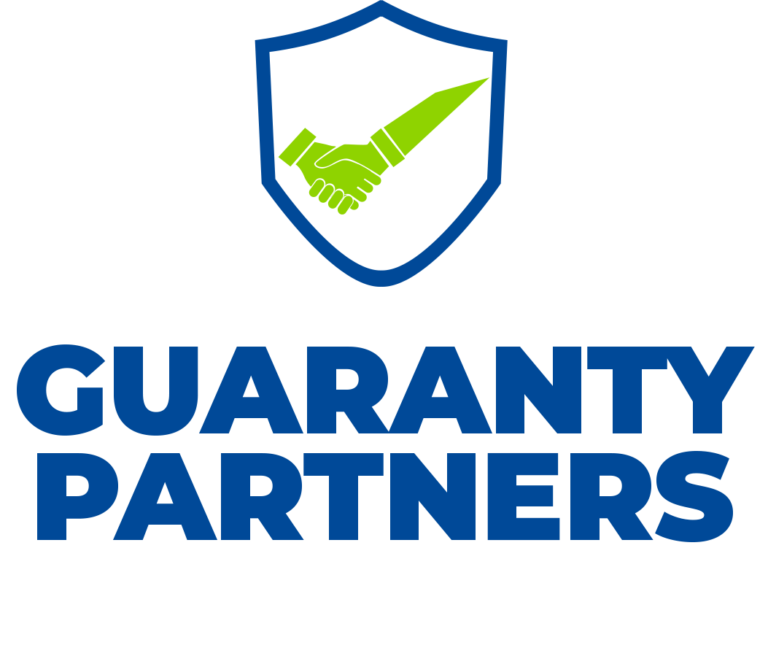Business Risk Assessments Course
Course Fee:
COURSE DESCRIPTION
Change equals risk. With change comes an increase in risk. The increased risk can be temporary while we work through the change, or it can be permanent. It is our job to determine which. We are in unprecedented times and experiencing a time of significant change for all organizations. The work that we have done, the risk assessments, the forecasts, the audits, all need to be revisited and spot checked to take into consideration what has changed and how it has impacted our assessment of risk and exposures for our organization. This course will examine how auditors and fraud examiners should revisit risk assessments, recent audits and identify, evaluate and prioritize emerging risks
LEARNING OBJECTIVES
• What a risk assessment revisit is
• Where to start with a risk assessment revisit
• Why you should evaluate everything first from a top down approach
• Quick spot check methods to achieve quick, yet measurable results
• How and why now is the time auditors can add real value to their organizations
COURSE OUTLINE
Causes of Changes in Business
• Business changes
• Lost revenue
• Pandemic timeline and impact of timeline
Identifying, Understanding, Evaluating and Prioritizing New Risks
• Focus on the organization’s business objectives
• Changes, adaptation, work-arounds temporary and permanent
• Revenue, people, future and adaptation
Revisiting Risk Assessments
• Why risk assessment revisits need to occur
• How to revisit and what to focus on
• Identifying, understanding and evaluating change to existing risks
• Re-evaluating significance and likelihood
Spot Checking Recent Work
• Determining what to check
• How to “spot” check without a full audit
• Staying targeted and focused
Risk Management Assessment
• Reassessing existing risk management process and policies
• Reassessing risk management teams, skills and focus
• Assessing service providers, third-party, and travel
Specific Risks
• Telecommuting
• People and Human Resources
• Process – changes, modifications, workarounds
• Supply Chain
• Information Technology and Cybersecurity
Fraud Risk
• Identifying new fraud risks
• Personal and organizational risks
• Protecting and educating employees on fraud risks
Leveraging Data Analytics
• Ad hoc assessments and analysis
• Continuous auditing and monitoring
• Fraud detection and deterrence
FOR WHOM:
Internal auditor staff and management, internal control professionals, Accountants, Operations staff.
METHODOLOGY
The training methodology integrates lectures, interactive discussions, collaborative group exercises, and illustrative examples. Participants will acquire a blend of theoretical insights and hands-on practical experience, emphasizing the application of learned techniques. This approach ensures that attendees return to their professional environments equipped with both the competence and self-assurance to effectively implement the acquired skills in their responsibilities.
DATE:
1ST BATCH: 14th – 17th Apr, 2026
2ND BATCH: 4th- 7th Aug, 2026
3RD BATCH: 1st- 4th Dec, 2026
Course Category
- Human Resource and Admin
- Finance and Accounting
- Internal Audit and Fraud Control
- Stores, Procurement and Supply Chain
- Information Technology
- Aviation and Maritime
- Banking, Investment and Insurance
- Business Communication
- Construction Management & Civil Engineering
- Engineering, Instrumentation and Maintenance
- Entrepreneurship and Business
- Hotel & Hospitality Management
- Law and Contract Management
- Management and Leadership
- Project Management
- Public Relations
- Public Sector
- Sales, Marketing & Customer Service
- Secretaries & Personal Assistants
- Transport & Logistics
- Security and Safety
More Courses
VENUE
25, Queen street, Alagomeji Bus Stop, Yaba, Lagos









